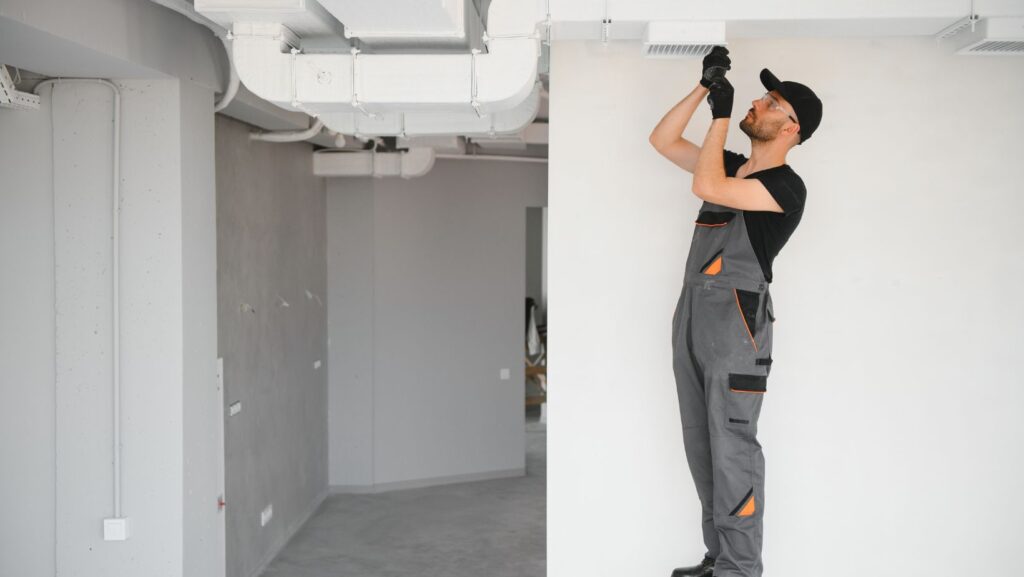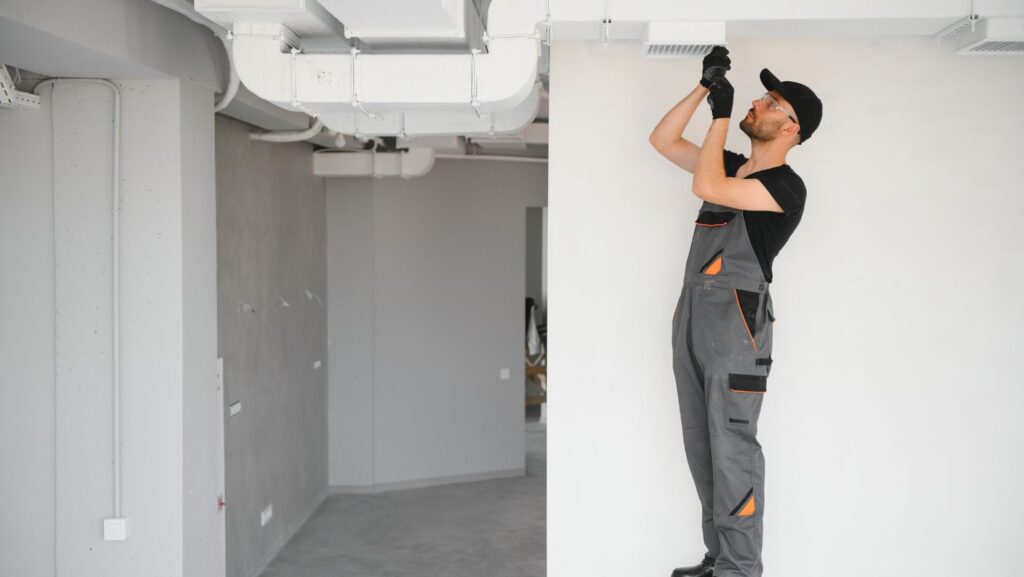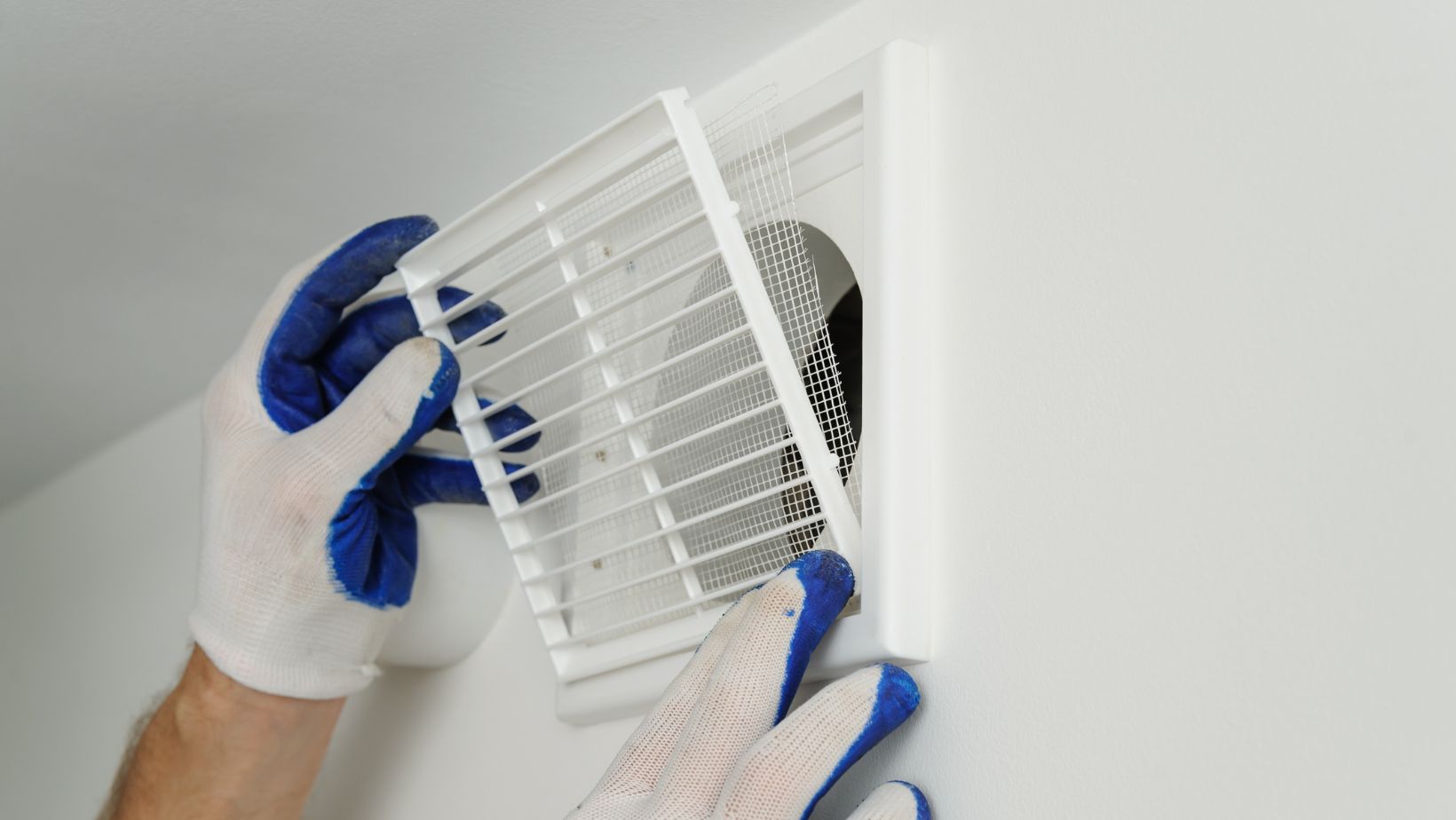Indoor environments play a much bigger role in our health than many people realise. Whether it is an office, classroom, factory, or leisure centre, the air we breathe inside can have a direct effect on how we feel and how well we function. Poor ventilation can lead to a build-up of factors, such as pollutants, allergens, and moisture, that contribute to an uncomfortable or even unhealthy environment.
Modern ventilation technology has advanced far beyond the days of basic fans and ducts. Today’s systems are carefully designed to control airflow, temperature, and air quality with precision. In doing so, they not only make buildings more energy efficient but also create healthier indoor spaces for everyone using them.
The importance of good air quality
We spend most of our time indoors, so the quality of indoor air can have a real and lasting impact on health and wellbeing. When air is poorly circulated, it can trap contaminants such as dust, pollen, mould spores, and carbon dioxide. Over time, this can cause a number of health issues, such as headaches, tiredness, and respiratory irritation – especially for people with asthma or allergies.
Workplaces and classrooms are particularly vulnerable to these effects. High levels of carbon dioxide, for example, can reduce concentration and productivity, while stagnant air makes it easier for viruses and bacteria to spread. In commercial and industrial settings, fumes, heat, or odours from equipment can make conditions even more challenging.

A well-designed ventilation system ensures that stale indoor air is constantly replaced with fresh, filtered air. This simple process helps remove pollutants, regulate humidity, and maintain oxygen levels, which together create a healthier and more comfortable indoor climate.
How ventilation technology makes the difference
Not all ventilation systems are the same. Traditional metal ducting, while functional, can sometimes deliver uneven air distribution. It may leave certain areas feeling stuffy while others are over-cooled or draughty. In contrast, fabric ducting systems are designed to distribute air evenly throughout a space, improving comfort and air quality for everyone.
Fabric ducts work by releasing air along their entire surface through specially designed perforations or nozzles. This creates a gentle, uniform flow that avoids cold spots or strong draughts. The even air distribution also helps prevent condensation and the build-up of moisture, which can otherwise lead to mould and bacteria growth.
Because they can handle both heating and cooling, these systems maintain a stable indoor temperature all year round. Consistent air movement also helps remove airborne particles, reducing the spread of allergens and pathogens.
Health benefits across different environments
The link between ventilation and health is well documented, and it applies to almost every type of building. In offices, proper airflow reduces fatigue and supports better concentration by ensuring consistent oxygen levels. Employees are less likely to suffer from “sick building syndrome”, where symptoms such as headaches and dry eyes are triggered by poor air quality.
In schools and universities, ventilation has a direct influence on learning outcomes. Studies show that students perform better when classrooms are well ventilated, as fresh air helps maintain alertness and reduces the spread of seasonal illnesses.
Industrial and commercial spaces, such as workshops or warehouses, also benefit enormously. Machinery and production processes can generate dust, fumes, or excess heat. A well-engineered ventilation system removes these hazards efficiently, creating a safer working environment. In sectors like food production or healthcare, consistent airflow is essential to maintain hygiene standards.
Energy efficiency and sustainability
Good ventilation technology is not only about health but also about energy efficiency. Modern systems are designed to optimise air distribution, reducing the need for high fan speeds or excessive heating and cooling. Fabric ducting, in particular, is lightweight and easy to install, which helps reduce both material and operational costs.
By improving air movement, these systems can achieve the same level of comfort using less energy. In large buildings, this can make a noticeable difference to running costs and environmental impact. Sustainability is now a key factor in building design, and efficient ventilation plays a central role in achieving greener, healthier spaces.
Creating environments that support wellbeing
Proper ventilation is often overlooked because its effects are subtle. When air quality is good, people simply feel comfortable and productive without really noticing why. But when it is poor, the effects are immediate – fatigue, dryness, and discomfort can quickly set in.
By investing in modern ventilation technology, building owners can create spaces that actively support wellbeing. Clean, balanced air reduces the risk of illness, supports concentration, and provides a more pleasant environment for staff, customers, and visitors alike.
A breath of fresh air for modern buildings
As buildings become more energy efficient and airtight, the need for effective ventilation only increases. Systems such as fabric ducting offer a practical solution, combining precise air delivery with energy savings and hygienic performance. Whether used in offices, classrooms, or industrial spaces, the results are clear: better air, healthier occupants, and more comfortable environments.

Proper ventilation technology is not just about moving air around a room. It is about creating balance, improving health, and ensuring that the spaces where we work, learn, and live are truly fit for people.



